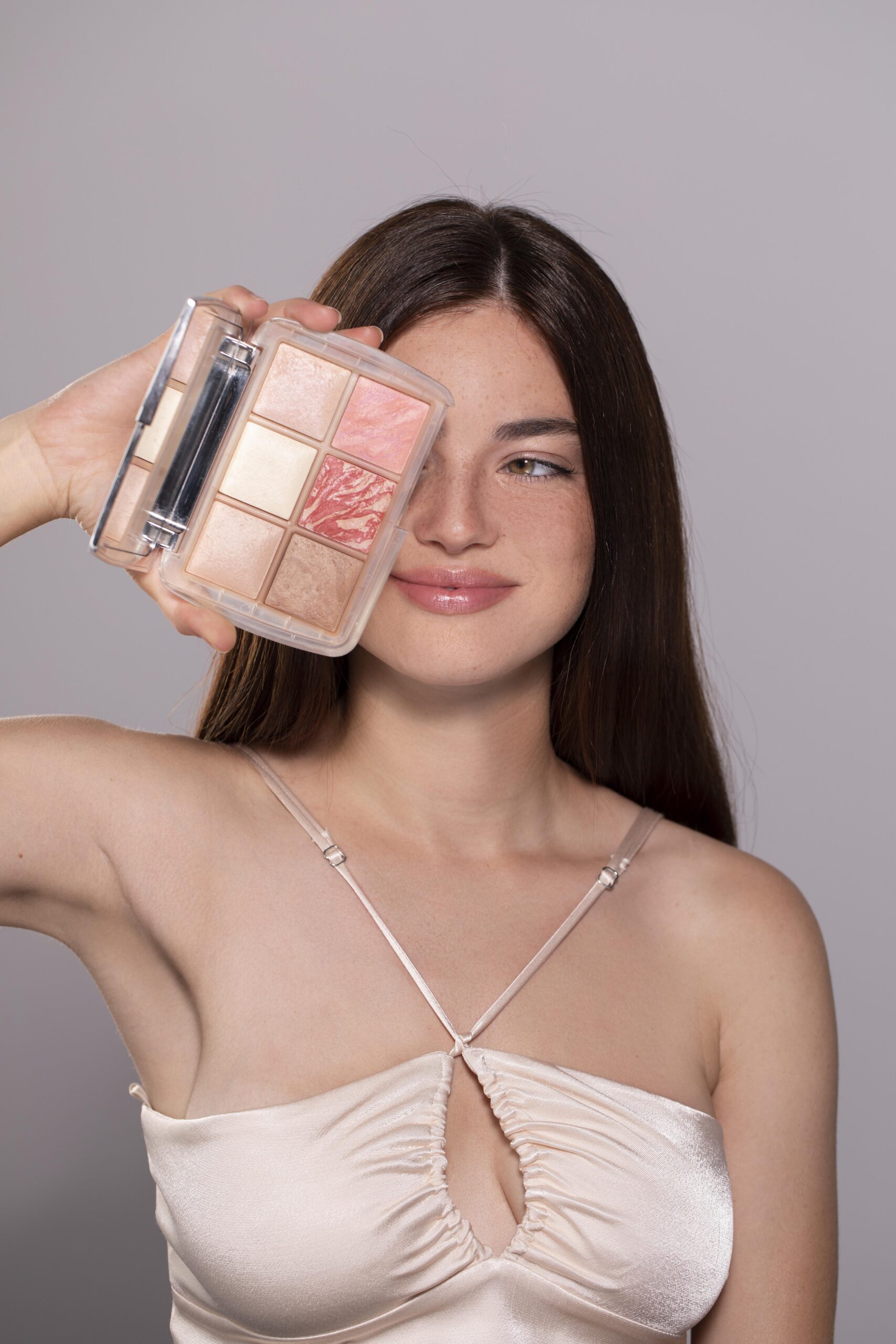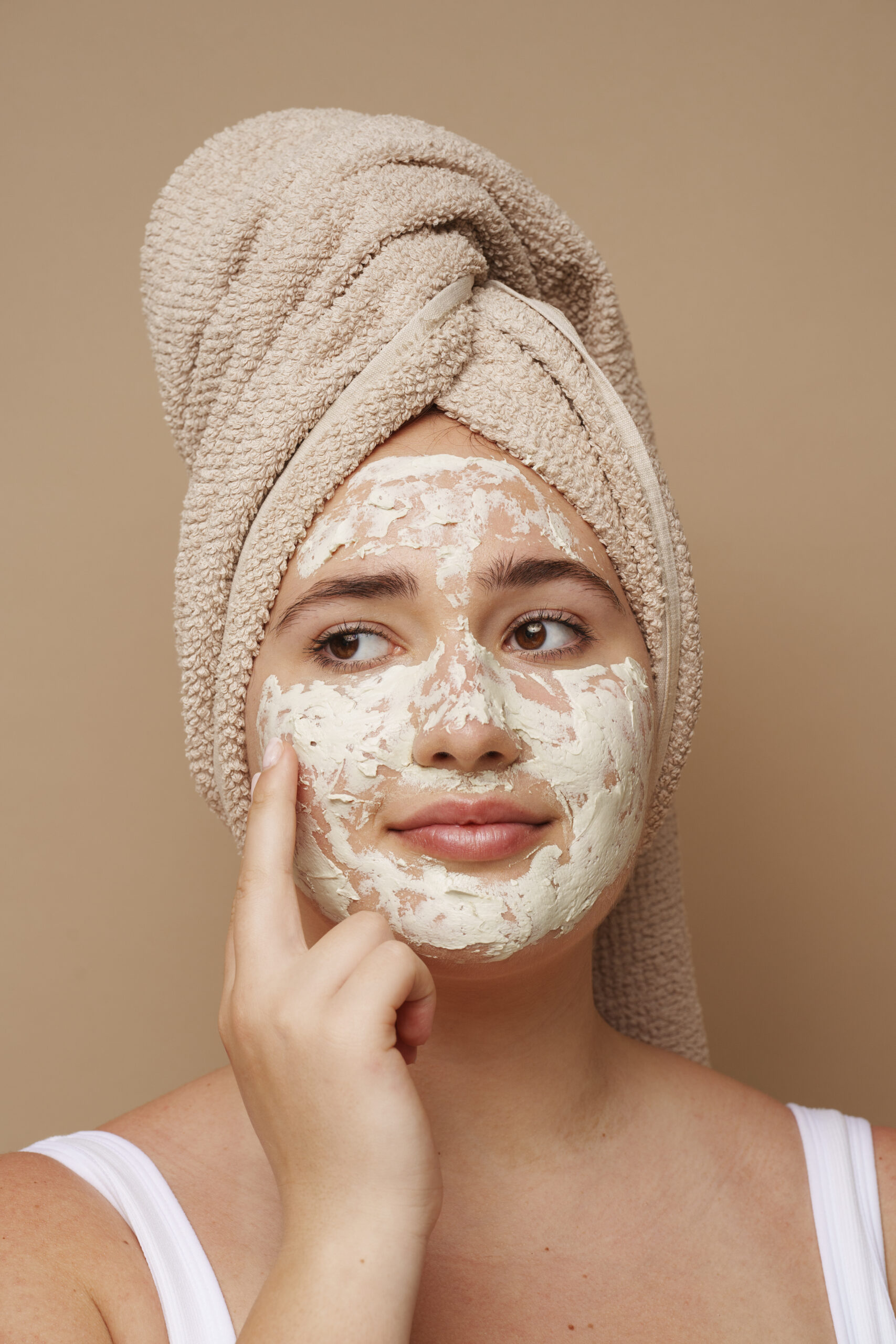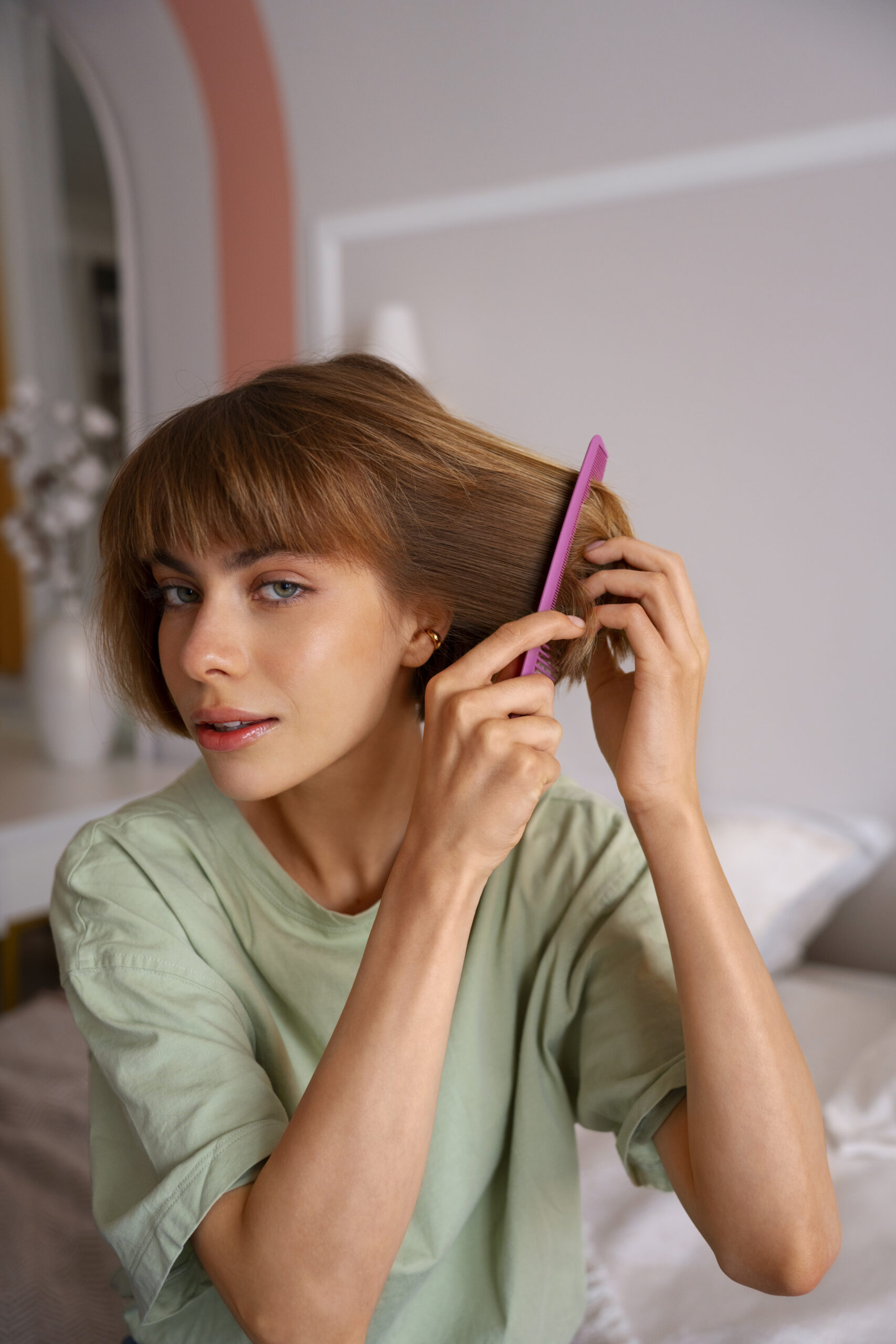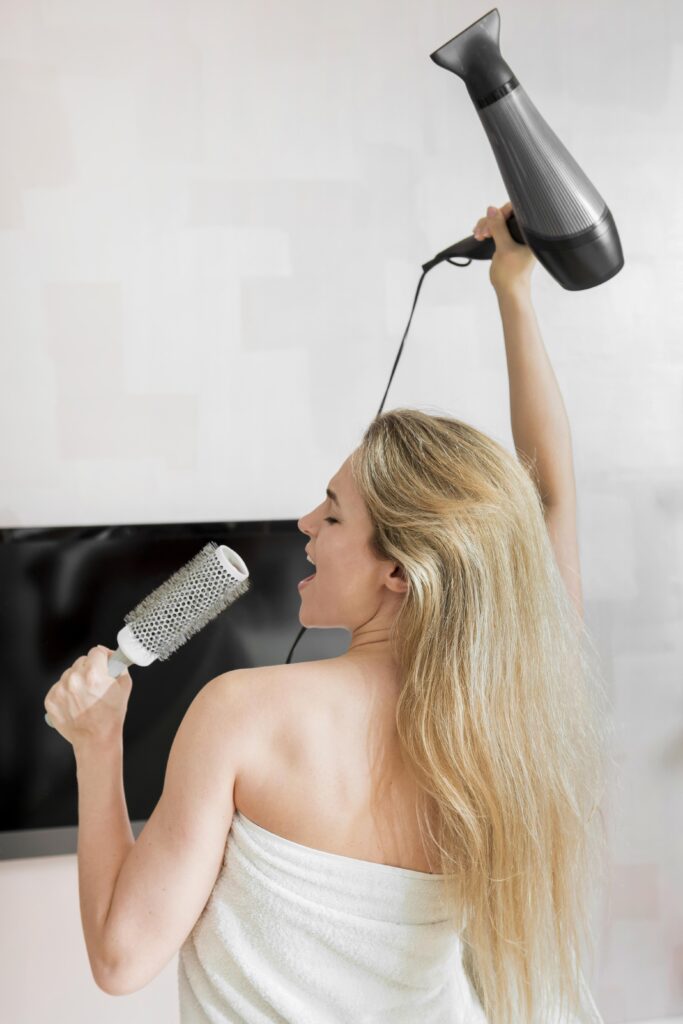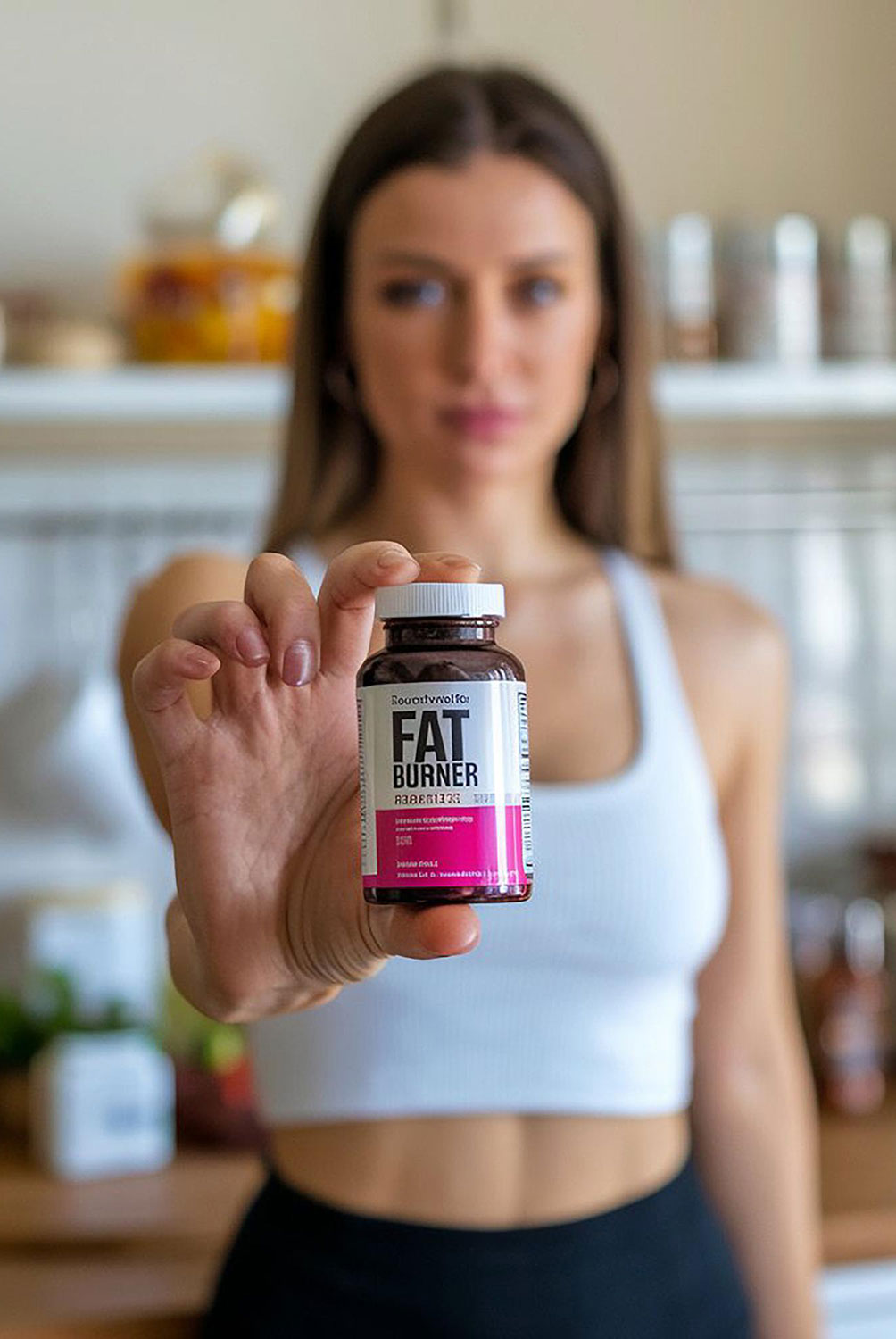The Ultimate Guide to Jewelry Care, Cleaning, and Maintenance

The Ultimate Guide to Jewelry Care, Cleaning, and Maintenance
Table of Contents
Jewelry is more than just an accessory; it often carries deep sentimental value, represents significant life moments, or stands as a testament to exquisite craftsmanship. Whether it’s a cherished family heirloom, a dazzling engagement ring, or a favorite everyday piece, your jewelry deserves the best care to maintain its beauty and longevity. Over time, exposure to daily life lotions, oils, dust, and even air can dull its sparkle and lead to wear. But with a little knowledge and consistent effort, you can ensure your treasured pieces continue to shine brightly for generations to come.
This ultimate guide will walk you through everything you need to know about jewelry care, from understanding the materials of your specific pieces to everyday maintenance habits, effective at home cleaning techniques for various metals and gemstones, proper storage solutions, and knowing when it’s time to call in the professionals. Let’s embark on this journey to keep your jewelry looking as brilliant as the day you first received it.
The First Step to Proper Care
Before you can effectively care for your jewelry, you need to understand what it’s made of. Different metals and gemstones have unique properties and therefore require specific care routines.
A. Know Your Metals:
-
Gold (Yellow, White, Rose): Gold is a classic choice, known for its lasting beauty.
- Yellow Gold: Alloyed with metals like copper and zinc. Its care depends on its karat (purity). Higher karats (e.g., 18k, 22k) are softer and more prone to scratching than lower karats (e.g., 10k, 14k).
- White Gold: Alloyed with white metals like palladium or nickel and often plated with rhodium for a bright white finish and added durability. This rhodium plating can wear off over time, requiring replating by a jeweler every 1 to 3 years to maintain its luster. Avoid harsh chemicals that can accelerate this wear.
- Rose Gold: Alloyed with copper to achieve its warm, pinkish hue. It’s generally more durable than yellow or white gold due to its copper content but can still scratch.
- General Gold Care: Clean with mild soap and water, avoiding abrasive cleaners.
- Sterling Silver: An alloy typically containing 92.5% silver and 7.5% other metals (usually copper). Sterling silver is prone to tarnishing a natural darkening process caused by reaction with sulfur compounds in the air. Regular cleaning and proper storage are key.
-
Platinum: A very durable and dense precious metal, naturally white and resistant to tarnish. It develops a “patina” (a satiny finish) over time rather than wearing away. While strong, it can still scratch. It’s hypoallergenic, making it a good choice for sensitive skin.
-
Alternative Metals (Titanium, Stainless Steel, Tungsten Carbide): These contemporary metals are known for their extreme durability, scratch resistance (especially tungsten), and often more affordable price points. They are generally low maintenance and can be cleaned with soap and water. Tungsten, while very hard, can be brittle and may crack or shatter under sharp impact.
-
Fashion/Costume Jewelry (Plated Metals, Base Metals): This type of jewelry typically has a thin layer of precious metal (gold or silver plating) over a base metal like brass, copper, or pewter. The plating can wear off with friction, exposure to chemicals, and moisture. Gentle care is paramount: avoid water, sweat, and chemicals, and clean very carefully.
B. Know Your Gemstones:
Not all gemstones are created equal when it comes to durability and care.
- The Mohs Scale of Hardness: This scale, ranging from 1 (talc) to 10 (diamond), measures a mineral’s relative resistance to scratching. Understanding where your gemstones fall on this scale can help you determine how careful you need to be. For example, diamonds (10) are very scratch resistant, while opals (5.5 to 6.5) and pearls (2.5 to 4.5) are much softer and require delicate handling.[Image: Simple graphic illustrating the Mohs Scale with common gemstones like Diamond (10), Sapphire/Ruby (9), Topaz (8), Quartz/Amethyst (7), Feldspar/Moonstone (6), Opal (5.5-6.5), Turquoise (5-6), Pearl (2.5-4.5).]
-
Porous vs. Non Porous Stones: Some gemstones are porous, meaning they can absorb liquids, chemicals, and oils, which can cause discoloration or damage.
- Porous examples: Pearls, opals, turquoise, coral, malachite, amber. These stones require special care – keep them away from chemicals, excessive heat, and prolonged water exposure.
- Non Porous examples: Diamonds, sapphires, rubies (though treatments can sometimes affect this).
-
Treated Gemstones: Many gemstones are treated to enhance their color or clarity (e.g., heat treatment for sapphires and rubies, oiling or resin filling for emeralds, dyeing for agates or chalcedony). These treatments can sometimes be affected by certain cleaning methods, heat, or chemicals. If you know your gemstone is treated, or if you’re unsure, opt for the gentlest cleaning methods or consult a professional jeweler. It’s always a good idea to ask about any treatments when purchasing gemstone jewelry.
Everyday Jewelry Care: Golden Rules for Lasting Brilliance
Consistent, mindful habits in how you wear and handle your jewelry can make a significant difference in preventing damage and maintaining its sparkle over time.
A. Last On, First Off:
This is a cardinal rule. Your jewelry should be the last thing you put on after applying makeup, perfume, hairspray, lotions, and sunscreens. These products contain chemicals that can dull or damage metals and gemstones. Conversely, jewelry should be the first thing you take off before undressing to prevent snagging on clothing.
B. Avoid Harsh Chemicals:
Everyday household items can be surprisingly harsh on your treasured pieces.
- Chlorine: Found in swimming pools and hot tubs, chlorine can damage and discolor metals like gold and silver, and can pit or erode gemstones over time. Always remove jewelry before swimming.
- Household Cleaners: Bleach, ammonia, and abrasive cleaning solutions can be detrimental. Protect your jewelry by removing it or wearing gloves when cleaning.
- Acids: Substances like vinegar or lemon juice can damage porous stones like pearls and turquoise.
C. Protect from Impact and Scratches:
Even durable pieces can suffer from hard knocks or abrasive surfaces.
- Remove rings and bracelets before engaging in strenuous activities like sports, gardening, exercising, or heavy lifting.
- Be mindful of knocking your jewelry against hard surfaces.
- Store pieces separately to avoid them scratching each other (more on storage later).
D. Mind the Water (Beyond Pools):
While a quick wash with water is fine for some jewelry, prolonged exposure can be problematic.
- Showering/Bathing: Soaps, shampoos, and conditioners can leave a dulling film on jewelry, especially on gemstones and in intricate settings. It’s generally best to remove jewelry before showering. This is especially important for costume jewelry, pearls, and other delicate items.
- Saltwater: Can be corrosive to some metals and damaging to certain gemstones. Rinse with fresh water if exposed.
E. Regular Wiping for a Quick Refresh:
After each wear, especially for pieces worn against the skin like rings and necklaces, gently wipe your jewelry with a soft, clean, lint free cloth (a microfiber cloth works well). This removes body oils, sweat, and everyday dust that can accumulate and dull the surface.
F. Consider Where You Wear It:
Think about the environment and activities. For example, avoid wearing delicate pearl strands to a crowded event where they might snag, or porous turquoise rings when cooking with oils or acidic ingredients.
By incorporating these simple habits into your daily routine, you significantly reduce the risk of accidental damage and keep your jewelry looking its best between more thorough cleanings.
Cleaning Your Jewelry at Home: DIY Methods for Different Types
Regular at home cleaning can keep your jewelry sparkling and remove the buildup of everyday grime. However, it’s crucial to use the right methods for your specific pieces to avoid accidental damage.
A. Essential Home Cleaning Tools & Supplies:
Having a few basic tools on hand will make home cleaning safe and effective:
- Soft bristled brushes: A new, soft baby toothbrush or a specialized jewelry brush is ideal for gently scrubbing away dirt from crevices and settings. Avoid stiff bristles that could scratch softer metals or gemstones.
- Mild dish soap: Choose a gentle liquid dish soap that is free from harsh detergents, ammonia, phosphates, and moisturizers (which can leave residue).
- Warm water: Not hot, as extreme temperatures can damage some gemstones or loosen settings.
- Soft, lint free cloths: Microfiber cloths or specially designed jewelry polishing cloths are best for drying and buffing. Avoid paper towels, which can be abrasive.
- Small bowls: Use two small bowls – one for the cleaning solution and one for rinsing.
B. Cleaning Gold and Platinum Jewelry (with hard, non porous stones like diamonds, sapphires, rubies):
These durable metals and stones can generally withstand a simple soaking method:
- Prepare Solution: Fill a small bowl with warm water and add a few drops of mild dish soap.
- Soak: Place your jewelry in the solution and let it soak for 15 to 30 minutes to loosen dirt.
- Gentle Scrub: Use a soft bristled brush to gently clean around settings, prongs, and any crevices where dirt accumulates.
- Rinse: Rinse the jewelry thoroughly under lukewarm running water. Ensure the drain is closed to prevent accidental loss!
- Dry: Pat dry with a soft, lint free cloth. You can also let it air dry on a cloth. Buff gently to restore shine.
C. Cleaning Sterling Silver Jewelry:
Tarnish is the main challenge with silver.
- Light Cleaning: For general dirt, mild soap and warm water followed by a gentle rub with a soft cloth is often sufficient.
- Tarnish Removal:
- Silver Polishing Cloths: These are specially treated cloths that remove tarnish effectively and are safe for most silver pieces. Rub gently.
- DIY Paste (Use with Extreme Caution): A paste of baking soda and water can remove tarnish, but it’s abrasive. Use it only as a last resort on plain silver pieces without delicate patinas or gemstones, and rub very gently. Rinse and dry thoroughly. It’s generally safer to opt for commercial products or polishing cloths.
- Commercial Silver Dips/Cleaners: These can be effective for heavy tarnish but are often harsh. Follow instructions meticulously, use in a well ventilated area, avoid prolonged soaking, and never use them on jewelry with gemstones (especially porous ones like pearls or turquoise), oxidized finishes, or antique pieces, as they can strip patinas and damage stones. Rinse very thoroughly.
D. Cleaning Gemstone Jewelry – A Stone by Stone Approach:
This is where knowing your gemstones is critical.
- Diamonds, Sapphires, Rubies (Hard, Durable Stones): These are generally safe to clean using the mild soap and warm water method described for gold and platinum. A soft brush can be used to clean behind the stone where dirt often collects.
- Emeralds: Emeralds are beautiful but often have internal inclusions and are commonly “oiled” to enhance clarity.
- Avoid hot water, ultrasonic cleaners, steamers, and harsh chemicals, as these can remove the oil or damage the stone.
- The safest method is to gently wipe them with a soft, lint free cloth. If more cleaning is needed, use a very soft brush with cool water and a tiny drop of mild soap, rinse quickly with cool water, and pat dry immediately.
- Pearls, Opals, Turquoise, Coral (Porous & Delicate Stones): These require the most delicate care.
- Never soak these stones in water.
- Wipe them gently with a soft, slightly damp (not wet) cloth after each wear to remove body oils or perspiration.
- Avoid all chemicals, including perfumes, hairspray, makeup, and harsh soaps.
- Protect them from excessive heat and dry conditions (opals especially need some moisture to prevent crazing).
- Pearls can be professionally cleaned, or you can use a cleaner specifically designed for pearls, following instructions carefully.
- Other Gemstones (Amethyst, Garnet, Topaz, Peridot, Citrine, Aquamarine, etc.): Most of these are generally durable enough for cleaning with mild soap, warm water, and a soft brush. However, always err on the side of caution. If you’re unsure, a gentle wipe with a damp cloth is safest, or consult a jeweler.
E. Cleaning Fashion/Costume Jewelry:
The key here is minimal moisture and no harsh chemicals, as the plating can easily be damaged or base metals can corrode.
- Primary Method: Gently wipe with a dry, soft, lint free cloth to remove dust and smudges.
- Slightly Stubborn Dirt: If necessary, use a cloth that is very slightly dampened with water (no soap). Wipe gently and dry the piece immediately and thoroughly with a dry cloth. Ensure no moisture is left in crevices.
- Avoid: Soaking, ultrasonic cleaners, jewelry dips, abrasive polishes, and all chemical cleaners.
F. What NOT to Use: Abrasives and Harsh Chemicals to Avoid on Most Jewelry:
- Toothpaste: Contains abrasives that can scratch metals and softer gemstones.
- Baking Soda (as a scrub): Can be too abrasive for many fine jewelry items.
- Chlorine Bleach: Can damage gold alloys and pit some gemstones.
- Ammonia (undiluted): Can be too harsh; if used, it should be heavily diluted and only for specific, durable items (and never on porous stones).
- Abrasive Powders or Cream Cleansers: These will scratch your jewelry.
- Acetone or Paint Thinners: Can damage many plastics, organic gems, and some treated stones.
G. Ultrasonic Cleaners: Pros, Cons, and When to Use (or Avoid):
Ultrasonic cleaners use high frequency sound waves to create tiny bubbles in a cleaning solution, which implode to dislodge dirt and grime.
- Pros: Can be very effective for cleaning intricate pieces and hard to reach areas.
- Cons & Risks: The vibrations can loosen stones in their settings, especially if prongs are already worn or if stones are pave set or channel set. They can also damage certain gemstones.
- Suitable For:
- Plain gold and platinum jewelry (without stones).
- Hard, durable, untreated gemstones like diamonds, sapphires, and rubies, provided their settings are secure.
- AVOID Using Ultrasonic Cleaners For:
- Pearls, opals, emeralds, turquoise, coral, lapis lazuli, malachite, tanzanite, iolite, and other soft or porous gemstones.
- Gemstones with significant inclusions or fractures.
- Treated gemstones (e.g., oiled emeralds, fracture filled diamonds), as the process can alter or remove treatments.
- Costume jewelry.
- Pieces with glued components.
- Antique jewelry with delicate construction. Always check the manufacturer’s instructions for your specific ultrasonic cleaner and the jewelry in question. When in doubt, don’t use it.
- “Yellow/Rose Gold & Platinum (with Diamonds, Sapphires, Rubies)”, “Mild dish soap, warm water”, “Soak, gentle brush, rinse, dry”, “Monthly or as needed”, “Ensure stones are secure.”
- “Sterling Silver”, “Mild dish soap; silver polishing cloth; (cautious DIY paste for plain silver)”, “Wash & dry; polish tarnish”, “As needed for tarnish”, “Avoid harsh dips on stones/patinas.”
- “Pearls”, “Soft, damp cloth; specialized pearl cleaner (optional)”, “Wipe gently after wear”, “After each wear”, “NO soaking, NO chemicals, NO heat.”
- “Opals/Turquoise”, “Soft, damp cloth”, “Wipe gently”, “As needed, avoid build up”, “NO soaking, NO chemicals, NO heat, NO ultrasonic.”
- “Emeralds”, “Soft cloth; cool water & tiny drop of mild soap (if essential)”, “Gentle wipe; quick rinse & immediate dry”, “Infrequently, as needed”, “NO hot water, NO ultrasonic, NO harsh chemicals.”
- “Costume Jewelry”, “Dry soft cloth; very slightly damp cloth (if essential)”, “Wipe gently, dry thoroughly”, “As needed”, “NO soaking, NO chemicals, NO abrasives.” ]`
Proper Jewelry Storage: Preventing Damage and Tarnish
How you store your jewelry when you’re not wearing it is just as important as how you clean it. Proper storage protects against scratches, tangling, tarnish, and loss.
A. Separate Storage is Key:
The golden rule of jewelry storage is to keep pieces separate to prevent them from scratching each other. Diamonds can scratch other gemstones and metals, and metal settings can scratch softer stones or pearls.
- Use a jewelry box with individual compartments or dividers.
- Store pieces in separate soft fabric pouches (like velvet, satin, or felt).
- Wrap individual items in soft tissue paper or anti tarnish paper before placing them together if you lack compartmentalized storage.
B. Choose Soft, Lined Containers:
The interior of your storage should be gentle on your jewelry.
- Fabric lined jewelry boxes provide a soft cushion.
- Avoid storing jewelry in plastic bags long term, as some plastics can emit vapors that tarnish silver or degrade certain materials. If using zip top bags for silver (for airtightness), ensure they are archival quality or use them with anti tarnish strips.
C. Anti Tarnish Solutions for Sterling Silver:
Since silver tarnishes due to exposure to air and humidity, take extra steps:
- Store silver in airtight bags or containers.
- Include anti tarnish strips or small pieces of anti tarnish cloth in the storage container. These absorb sulfur and moisture.
- Chalk can also absorb moisture if placed in the storage area (but not in direct contact with jewelry).
D. Control the Environment: Cool, Dry, and Dark:
- Store your jewelry in a cool, dry place. Bathrooms are generally not ideal due to high humidity.
- Avoid direct sunlight, as prolonged exposure can fade or damage certain gemstones like amethyst, citrine, topaz, kunzite, and pearls. Sunlight can also dry out opals and amber.
E. Handle Necklaces and Chains with Care:
To prevent annoying tangles:
- Hang necklaces on a necklace tree or wall mounted organizer.
- Lay them flat in a drawer with dividers.
- Fasten the clasps before storing to help prevent tangling.
- For travel, use a jewelry roll with individual compartments or thread chains through straws to keep them straight.
When to Seek Professional Jewelry Care
While at home care is essential, there are times when the expertise of a professional jeweler is necessary to maintain the integrity, beauty, and value of your pieces.
A. Regular Professional Check ups (Annual or Bi Annual):
This is especially important for valuable items or jewelry worn frequently, such as engagement rings and wedding bands. A jeweler will:
- Inspect settings for loose stones and ensure prongs are secure and not worn down.
- Check clasps and closures for wear and tear.
- Look for any signs of damage or excessive wear that might need repair.
B. Professional Cleaning and Polishing:
Jewelers have specialized equipment (like high grade ultrasonic cleaners and steam cleaners) and expertise to safely and thoroughly clean intricate pieces and remove deep seated grime that home methods might miss. They can also professionally polish metals to restore their original luster.
C. Necessary Repairs:
Don’t attempt complex repairs yourself. Seek a professional for:
- Replacing lost stones.
- Repairing or replacing worn prongs (retipping).
- Fixing broken clasps or chains.
- Resizing rings.
- Soldering broken pieces.
D. Re Rhodium Plating for White Gold:
As mentioned, the rhodium plating on white gold wears away over time, causing it to look dull or slightly yellowish. A jeweler can replate it to restore its bright white finish. This is typically needed every 1 to 3 years, depending on wear.
E. Restringing Pearl and Beaded Necklaces/Bracelets:
The silk or cord used for stringing pearls and beads can stretch, weaken, or break over time. It’s recommended to have them professionally restrung periodically (e.g., every few years if worn often), especially if you see gaps between the beads or the thread looks frayed. Knotting between each pearl is also crucial to prevent loss if the string breaks.
F. Deep Cleaning or Restoration for Delicate or Antique Pieces:
If you have valuable antique jewelry or pieces with very delicate gemstones that you’re unsure how to clean, a professional jeweler specializing in estate or antique pieces is your safest bet.
Building a good relationship with a reputable local jeweler can be invaluable for the long term care of your most cherished pieces.
Preserving Your Treasures for a Lifetime
Your jewelry pieces are not just adornments; they are keepers of memories, symbols of love, and expressions of your personal style. By understanding their unique characteristics and dedicating a little time to mindful care, cleaning, and proper storage, you can protect these treasures from the rigors of time and daily wear. Regular at home maintenance, coupled with periodic professional check ups, will ensure that your gold continues to gleam, your silver stays tarnish free, and your gemstones sparkle with undiminished brilliance.
Embrace these practices, and your jewelry will not only enhance your beauty today but will also be ready to be passed down, sparkling and cherished, for generations to follow.
Frequently Asked Questions (FAQ)
- Q1: How often should I clean my everyday jewelry?A1: For pieces you wear daily, like engagement rings or favorite necklaces, a light cleaning every 1 to 2 weeks is advisable to remove oils, lotions, and everyday grime that can dull their shine. A more thorough at home cleaning can be done monthly, or as needed. However, making it a habit to gently wipe your jewelry with a soft, lint free cloth after each wear is excellent for maintaining its immediate sparkle and reducing build up.
- Q2: Is it safe to wear my rings when using hand sanitizer?A2: It’s generally best to avoid direct and repeated contact between hand sanitizer and your rings, particularly if they feature porous gemstones (like pearls, opals, turquoise), organic gems, or delicate, non precious metal settings. The alcohol and other chemicals in many sanitizers can, over time, dull the surface of some gemstones, damage certain metals, or cause residue build up under settings. If possible, remove your rings before applying sanitizer, allow your hands to dry completely, and then put your rings back on. If removal isn’t practical, try to minimize direct contact.
- Q3: Should I take my jewelry off before sleeping?A3: Yes, it’s highly recommended. Sleeping with your jewelry on can inadvertently lead to damage: prongs can snag on bedding and bend or loosen (risking stone loss), delicate chains can tangle or break, posts on earrings can bend, and larger pieces can be uncomfortable or even cause minor injury. It also allows sweat and oils to accumulate further. Making it a habit to store your jewelry safely before bed will prolong its life.
- Q4: What’s the best way to store silver jewelry to prevent tarnish?A4: To minimize tarnish on sterling silver, the key is to limit its exposure to air and humidity. Store each piece individually in an airtight zip top bag (preferably an archival quality one) or a soft pouch specifically designed with anti tarnish properties. Adding an anti tarnish strip to the bag or jewelry box can also absorb the sulfurous gases that cause tarnish. Keep silver in a cool, dry place.
- Q5: My white gold ring looks a bit yellow. What can I do?A5: This is quite normal for white gold. White gold is typically made from yellow gold alloyed with white metals and then plated with a layer of rhodium to give it a very bright, white, and lustrous finish. This rhodium plating wears off over time due to friction and daily wear, gradually revealing the slightly yellowish tint of the underlying white gold alloy. To restore its original brilliance, you will need to take it to a professional jeweler to have it re rhodium plated. This is a standard maintenance procedure, often recommended every 12 to 36 months, depending on how often the piece is worn.
- Q6: Why is toothpaste not recommended for cleaning jewelry?A6: Toothpaste is designed to polish tooth enamel, which is a very hard substance. It contains mild abrasives (like silica) that, while effective for teeth, can be too harsh for most types of jewelry. These abrasives can easily scratch softer metals like gold and silver, and can damage the surface of many gemstones, particularly pearls, opals, emeralds, and other delicate stones. Using toothpaste can lead to a dull, scratched appearance over time rather than a clean shine. It’s always safer to use cleaning methods specifically designed for jewelry.


